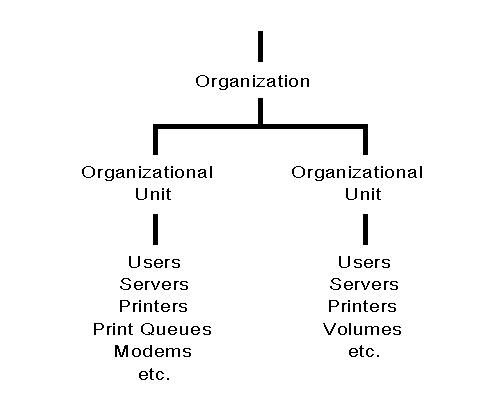Reference Information
Title: The Mythical Man-Month
Author: Frederick P. Brooks
Publisher: Addison-Wesley
Summary
Chapter 7 discussed the Tower of Babel, linking it to how communication is pivotal to programming projects. Lack of communication and organization often causes large projects to fail. It is suggested that teams should communicate informally to interpret documents, though regular project meetings, and through a workbook. The project workbook is a structure that's imposed on all documents that are produced for the project, ensuring a formal structure and control of distribution. Each programmer should be allowed to see all information with timely updating.
Organization is used to reduce the amount of communication and coordination required, and often consists of a tree-like structure of authority and responsibility. To be effective, each sub-tree needs a mission, producer (assembles team, divides work, establishes the schedule, and communications outside of the team), technical director (conceives design and sketches internal structure), schedule, and interface definitions between the parts.
 |
| A tree-like organization of authority and responsibility. Source: support.novell.com |
Finally, chapter 9 discussed how space, cost, size, and time factor into a programming project. Size control is very important, as unnecessary size can be bad. As for space, more function of the program results in more space, but function must be traded for size. This limits the range of functionality. Also, there are space-time trade-offs, whereby more space results in a faster program. Finally, the author emphasizes that representation of data or tables is a must, insisting that it will save time.
Discussion
These chapters brought up some very interesting ideas. For one, I agree that communication and organization are necessary for a successful project, as many people have to be able to work together to meet a single goal: releasing a unified, working product on time. Therefore, constant communication should be maintained. The data of estimation that was discussed seemed rather dull and uninteresting, but the conclusions that the data led to seem like they could be put to good use. Even the trade-offs discussed in chapter 9 could be useful, so that programmers and designers can keep in mind what should be limited when designing a product





